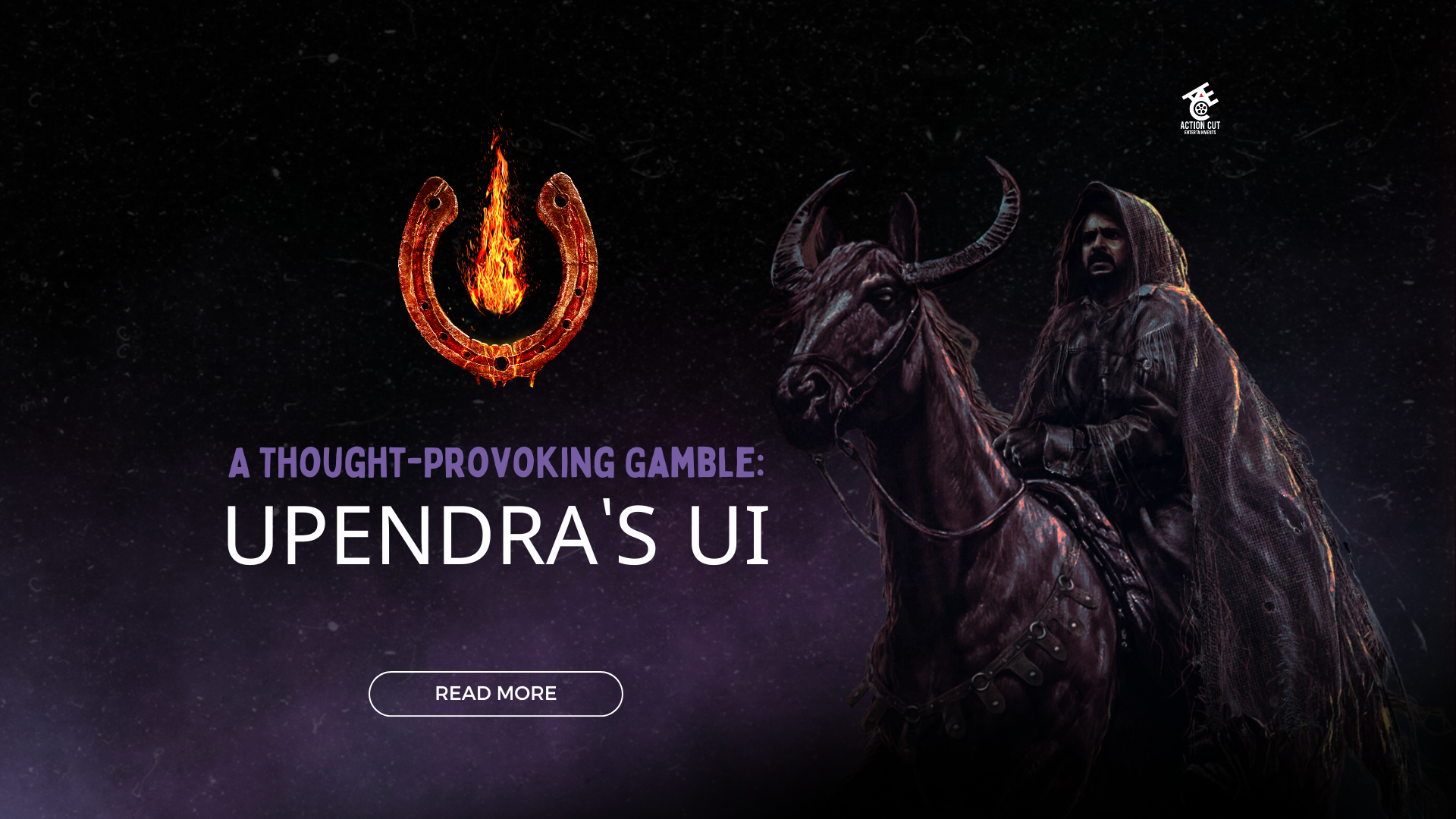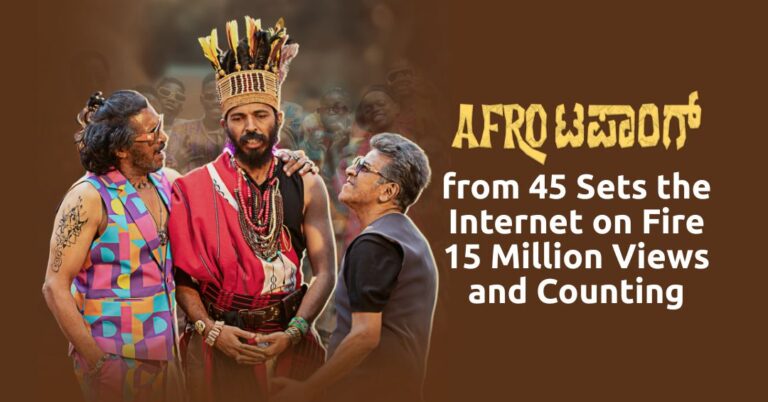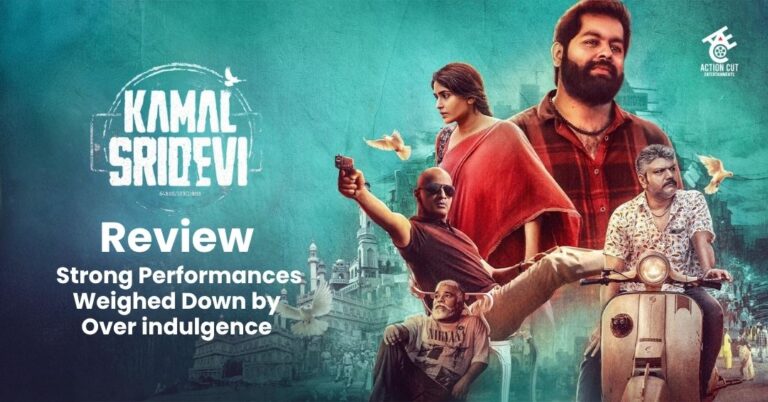Upendra’s UI opens with a bold disclaimer: “If you are intelligent, get out of the theatre now. If you are a fool, sit back and watch the film.” This audacious challenge sets the tone for what’s to come. From that moment, Upendra demands your undivided attention, asking you to abandon your distractions and immerse yourself in his unique narrative. Are you intelligent enough to leave, or smart enough to stay? Either way, he cleverly shifts the responsibility onto U.

Breaking Conventional Norms
In an era dominated by minute-long Instagram reels and short attention spans, UI dares to hold your focus. Upendra discards the formulaic tropes of hero, heroine, action sequences, and comedy. Instead, he introduces U and I as the lead characters, with the narrative hinging on their symbolic duality.
In a metaphorical double role, Upendra portrays Satya and Kalki. Satya, dressed in white, embodies a do-gooder striving to restore the righteousness of the Satyayuga. Kalki, clad in black, is his antithesis, representing chaos. The philosophical battle between these two personas becomes a vehicle for Upendra’s political ideologies, which ultimately dominate the film’s conclusion.
A Nod to the Past
UI bears Upendra’s signature style, blending self-referential moments and cultural callbacks. The film features homages to his iconic debut A, including a movie-within-a-movie concept, and a character named Satya, reminiscent of Shivarajkumar’s role in OM. Yet, UI feels less like a cinematic experience and more like an intellectual sermon, where the emphasis is on ideas rather than performances. Female characters, including Reeshma Nanaiah, serve as superficial elements rather than integral parts of the narrative.

Philosophical Overload
Upendra’s films are known for their unique narratives, but UI ventures into preachy territory. The film attempts to compress 2,000 years of history into a two-hour runtime, tackling subjects like global warming, socio-political disparities, media manipulation, and the perils of blind faith. While the film’s last 5–7 minutes deliver a powerful message, the preceding hours struggle to weave these themes cohesively. The screenplay experiments with narration styles, often challenging critics and viewers to keep up.
Visual and Technical Aspects
Shot entirely on two contrasting sets with opposing color palettes, the visual dichotomy mirrors the film’s thematic duality. However, this aesthetic choice often feels disjointed, failing to achieve visual harmony. The focus on delivering an intellectual awakening overshadows the cinematic elements, which might deter some viewers.
Ajaneesh Loknath’s background score, particularly the intro for Kalki, stands out as a highlight. The two songs, “Troll Agatte” and “Cheap Cheap,” are abrupt and disrupt the flow of the narrative.

A Call to Action
Upendra concludes UI with a call for critical thinking and individual responsibility. He challenges viewers to reject systematic manipulation, urging them to consume only what aligns with their unique perspectives. This open-ended approach invites interpretation, leaving U to decide whether to embrace or dismiss the film’s messages.
Verdict
UI is a daring experiment that blends philosophy with cinema. It demands patience, an open mind, and a willingness to engage with its dense themes. While it may not offer a seamless cinematic experience, it’s a thought-provoking endeavor that stays true to Upendra’s legacy of pushing boundaries. So, will U rise to the challenge? The choice, as always, is in your hands.




